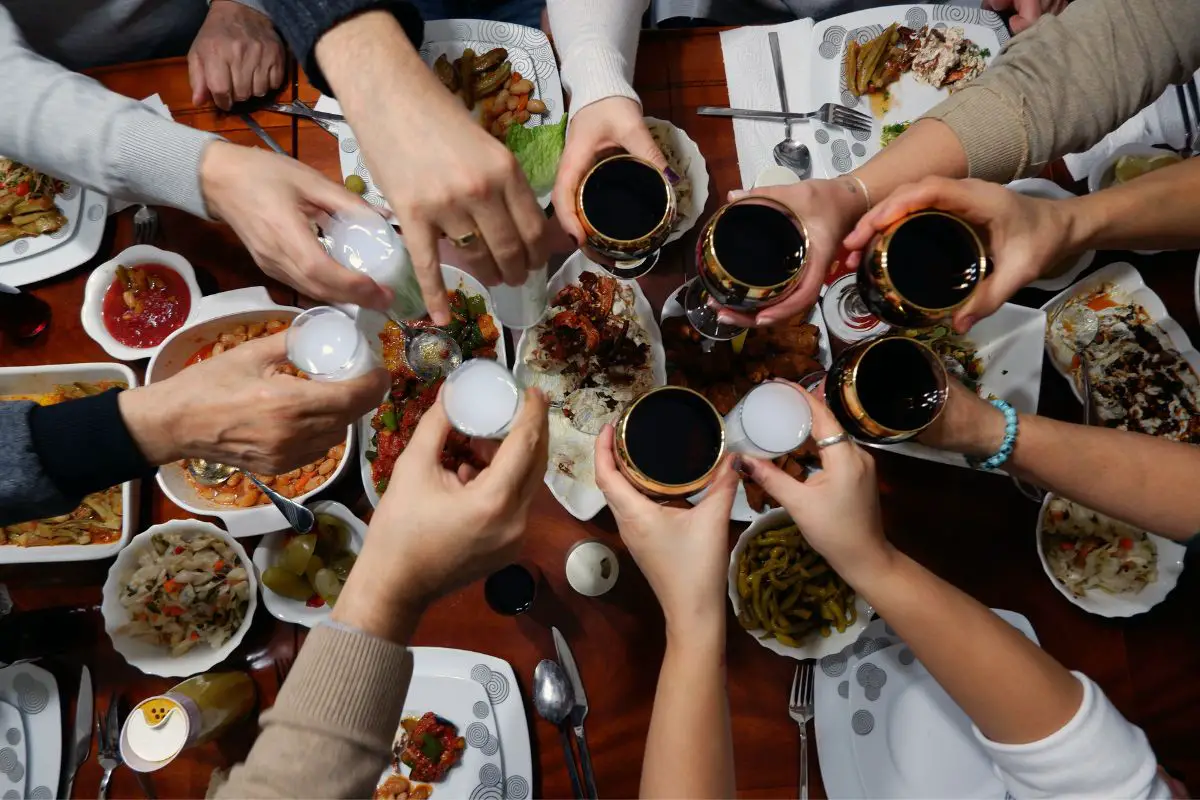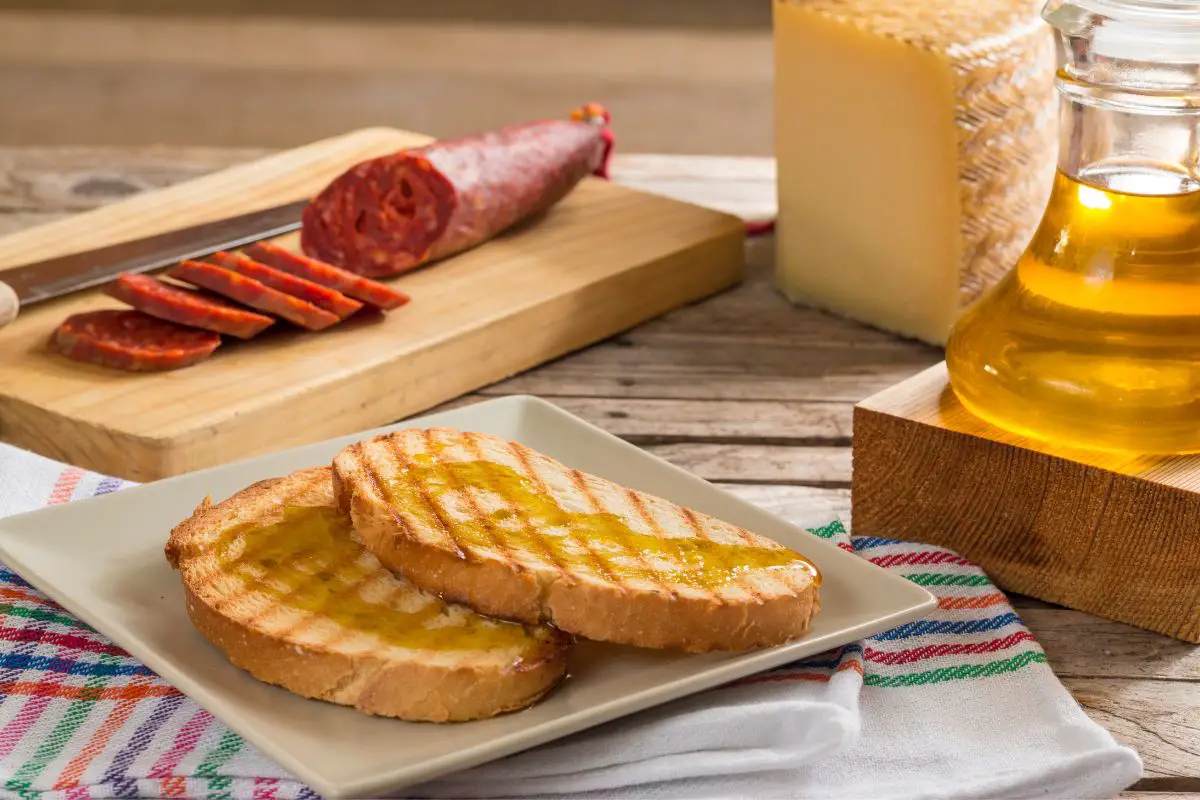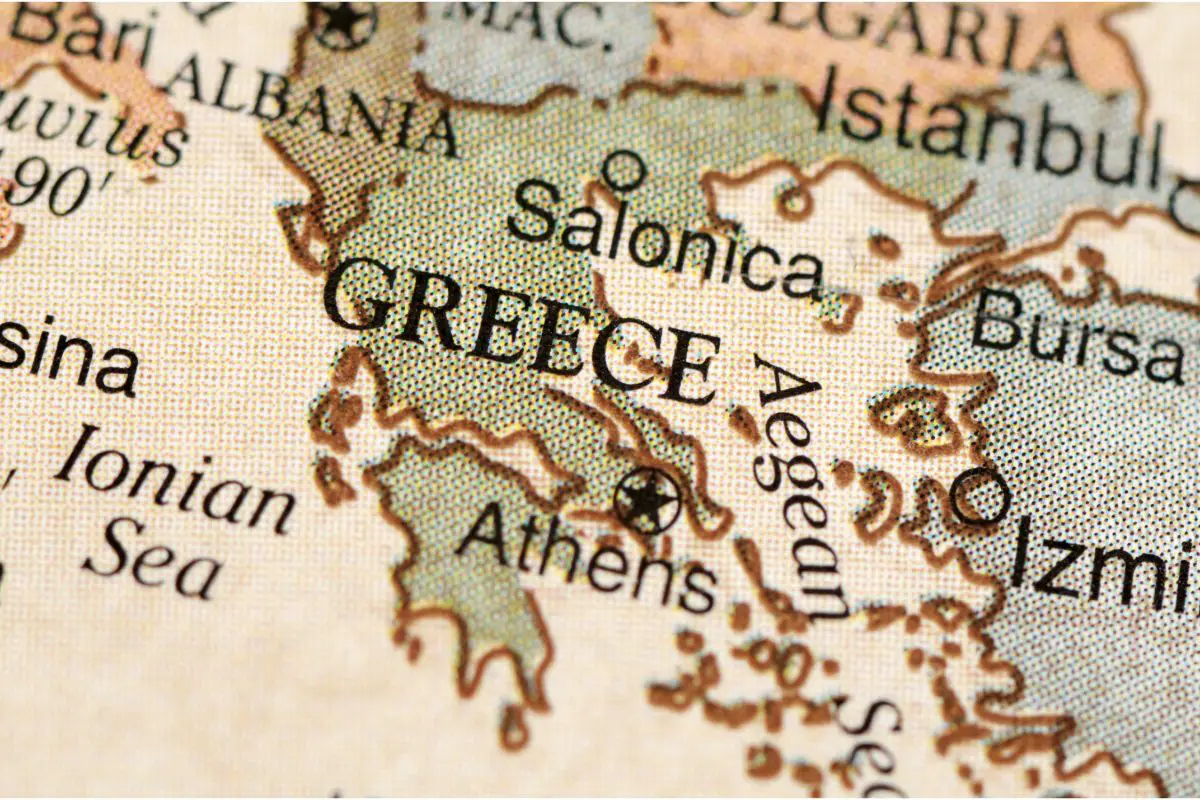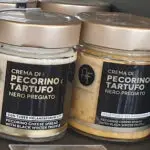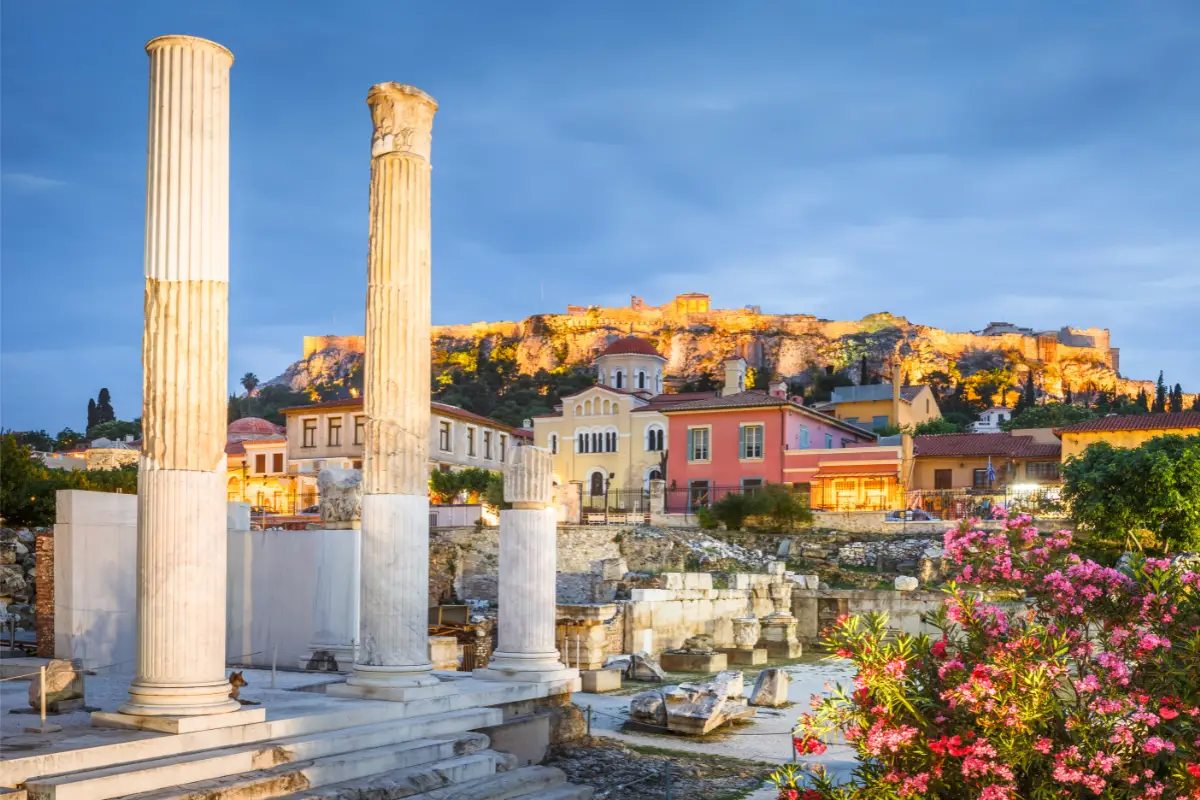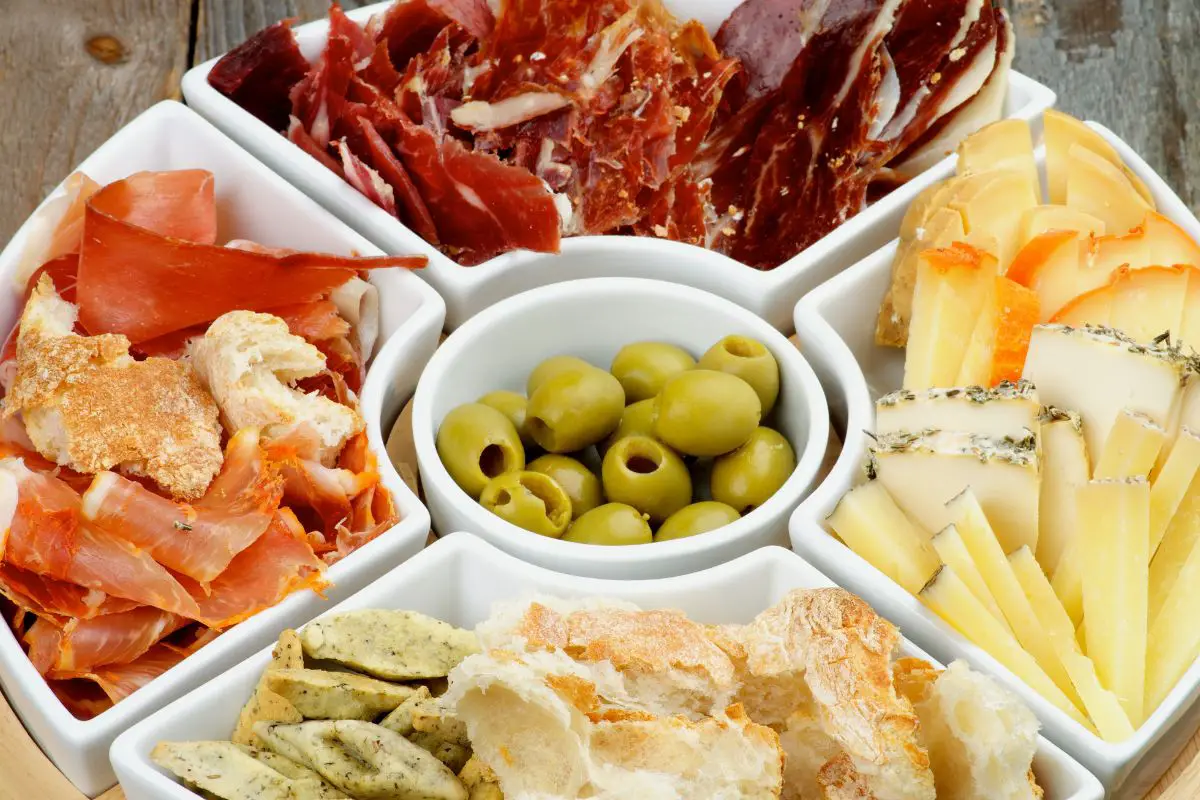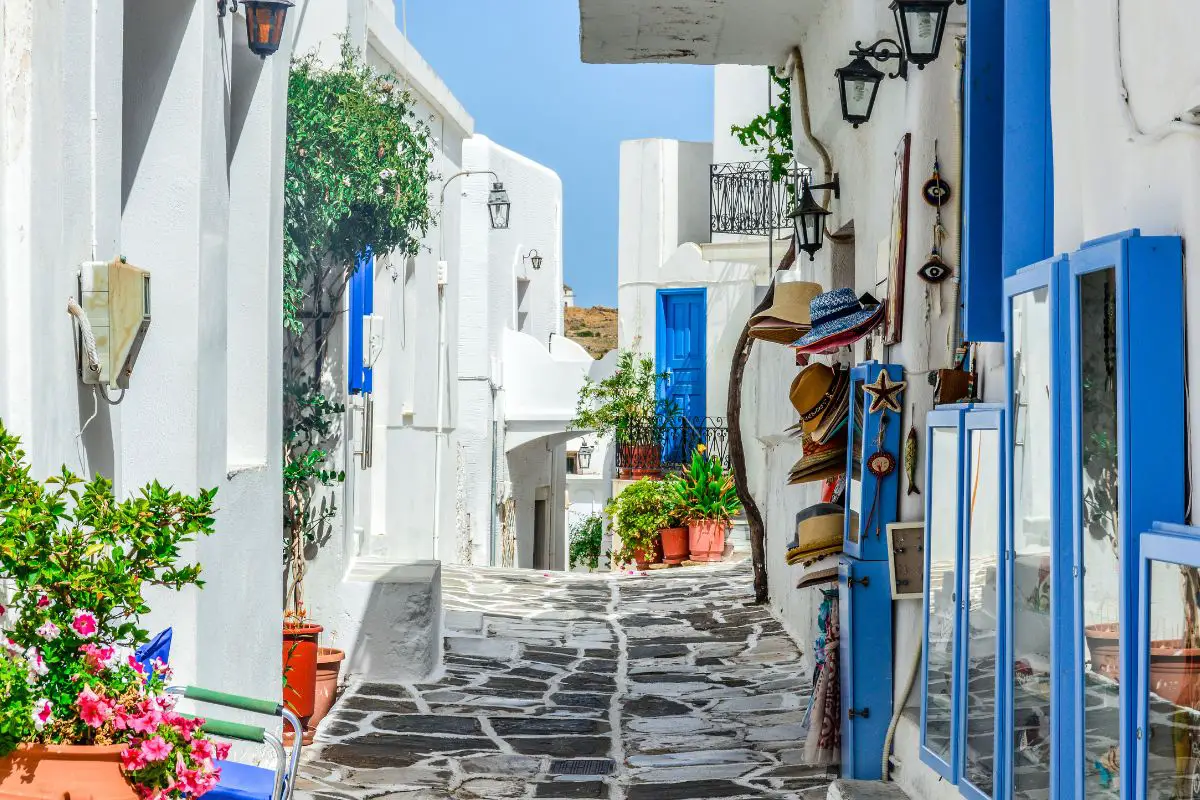Food is a huge part of Spanish culture. In fact, Spanish people eat on average more food than Americans in a day.
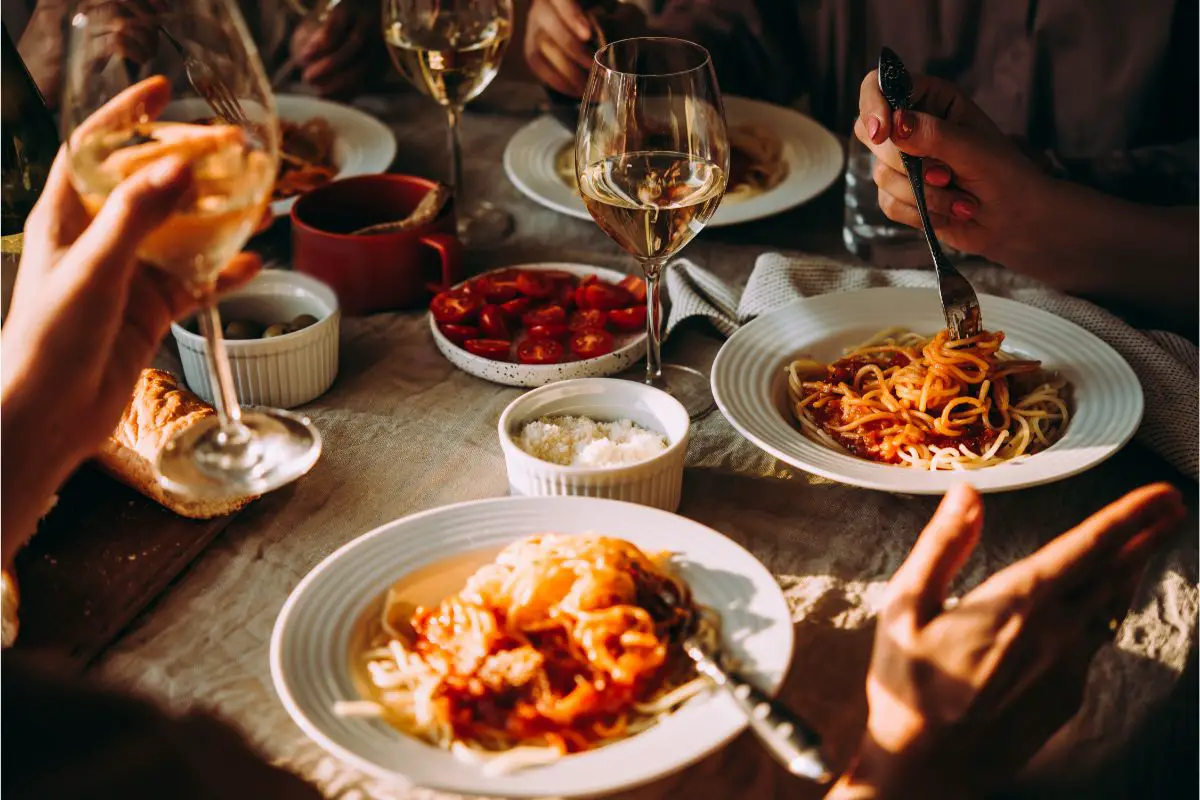
However, the difference between the two is how they eat their meals. Cuisine is often enjoyed in Spain spread out through different times in the day.
Dinner is normally eaten between 9pm and midnight in Spain, but these times can change depending on the person.
We’ve written more about the customs of food times in Spain in this handy guide below.
So, if you’re planning a vacation to Spain anytime soon – read on to learn more!
Dinner In Spain
Dinner, also known as La Cena in Spain is a meal eaten very late in the day and is normally a very light meal, especially when in comparison to a Spanish lunch.
The portion size significantly decreases on the plate for a typical Spanish dinner and usually consists of seafood, fresh fish, lamb, roast chicken, fried potatoes or rice dishes.
A very common dinner plate to see is a Spanish omelet served with a salad. This of course differs wildly from a typical American dinner meal.
Indeed, many Spanish dinners are made in a quick and easy format. Arroz cubano for example, which is a dish with a small portion of rice, an egg and tomato sauce, is one of the most popular dinner dishes.
It is not uncommon in Spain for friends to meet in a tapas bar for a light dinner meal and head out for late night entertainment – differing from a typical American “sit down” dinner.
After Dinner In Spain
Unlike in the United States, the Spanish locals usually spend many of their hours active at night.
This is largely in part due to their siesta tradition.
For those who are unaware or unfamiliar with this practice, this is when locals will have a rest in the middle of the day when the temperature is at its highest.
As a result, many Spaniards will sleep and wake later in the day to continue their obligations, including work.
This can lead to dinner being much later than an American dinner will be served.
This also means that Spaniards can enjoy their evening in the cooler air.
So, after Spaniards eat their light dinners, it’s common for them to head out to late night entertainment.
This can be in the form of shows, nightclubs or on the beach.
When their evening is coming to a close, many Spaniards will grab themselves a bite to eat at a food stand or street vendor before heading home.
Commonly, churros are the snack of choice which are essentially a fried pastry snack.
The nearest thing that the United States has to this are donuts, but they are very different.
Along with churros, a cup of hot chocolate or bottled water is usually selected.
Lunch In Spain
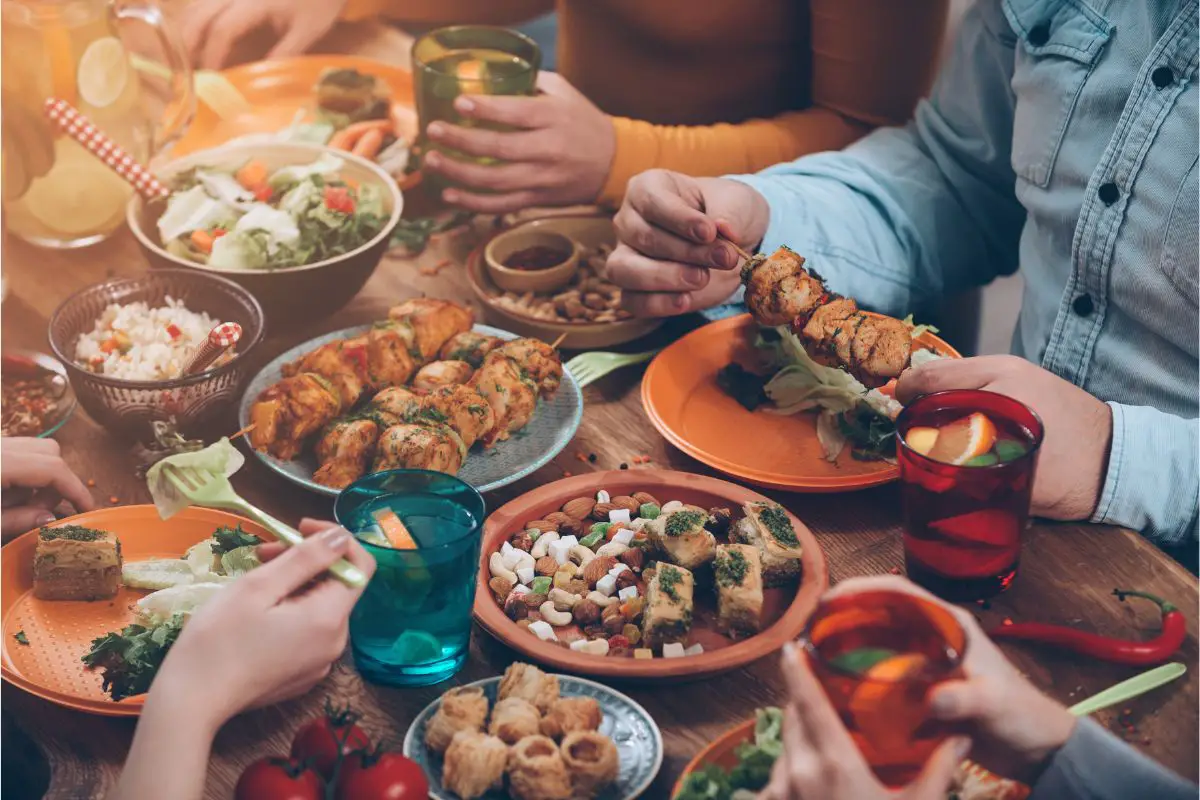
The concept of dinner to Americans is similar to how the Spanish view their lunch.
In other words, Spanish lunches, or la comida, are usually much larger and consist of multiple different courses (Check out Why Is a Spanish Diet So Healthy?).
Due to the sheer size of a Spanish lunch, the locals will take a lot of time to enjoy their food and relax while they eat – which is very similar to the attitude of lunch with Italian culture.
This pacing means that a lunch can last for as much as two hours – which is very similar to a typical American dinner.
After this meal, the Spanish will then head home for their siesta time (normally between midday and 4pm).
Interestingly, larger cities in Spain like Madrid cannot take part in this custom, which dates back to times when the Spanish primarily worked agricultural roles.
This is because it can take between an hour to two hours commuting to their homes from work, which does not fit with working hours and siesta times.
As a result of this, areas like Madrid work a typical eight hour shift with a lunch break of an hour. Similarly, huge chains of supermarkets and other businesses do not close for siestas due to their working demands.
However, whether or not a Spaniard is able to have a siesta or not, their lunch remains very similar. A typical Spanish lunch might consist of things like:
- A starter of soup or a stew
- A main dish of seafood, white meat and fried potatoes
- A large bowl of vegetables or mixed salad
- A light dessert such as a flan or small bowl of ice cream
- A cup of coffee or small alcoholic drink like brandy
Along with these, you can also expect to see different types of bread on a typical Spanish table that is made fresh and allows for sauces, soups and stews to be cleaned up – leaving little to no waste!
Many plates with Spanish meals will be heavy in dairy products such as cheese or eggs for a starter or main – hence their desserts are often ice cream or flan. This even mirrors in their drinks with an espresso shot to finish!
A Spanish Snack
As we mentioned earlier, the Spanish enjoy their food and will consume different foods spread throughout the day (Check out Some Traditional Spanish Foods). Of course though, there is no time as such that is associated with a snack.
Having said this though, it’s most common for the Spanish to enjoy a snack (or la merienda) in the late afternoon, as this will be in between a six hour gap of lunch and dinner.
Resultedly, snacks are very important to Spanish children to give them the energy that they need throughout the day.
Spanish Breakfast
Breakfast, or la desayuno, is typically the smallest meal of the day in Spain and is usually a coffee with a sweet roll consumed around 10am.
The Bottom Line
Spanish dinner is normally late in the evening around 9 to midnight and is not considered the most important meal of their day.
- The Top Restaurants Specializing in Truffle Dishes - August 10, 2023
- Truffle Panna Cotta: A Decadent Dessert Recipe for Truffle Lovers - August 7, 2023
- Truffle Scrambled Eggs: A Luxurious Breakfast Delight - August 7, 2023

